Yard and Garden News
The following news stories are written by Rosie Lerner, Extension Consumer Horticulture Specialist, and are distributed to news media around the state by Agricultural Communication Service, at Purdue University.
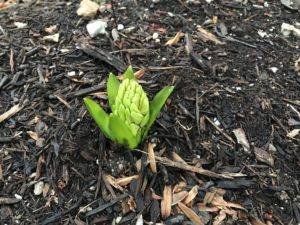
Mother Nature Gives Spring Bulbs the Heave-Ho!
It’s not unusual for Indiana weather to have trouble deciding what season it is. Warm spells during the dormant period often lead to bulbs poking their foliage (and sometimes flower buds) through the soil. While we’re more used to seeing this happen during February warm spells, our frigid temperatures arrived a bit early in fall 2019, followed by intermittent unseasonably mild weather. Indiana temperatures widely fluctuated in November and December, with the low temperature at […]
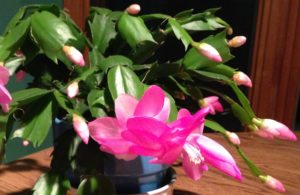
Holiday Cactus FAQs
Holiday cacti are not only popular gift plants, but they are also the subject of frequent debate among gardeners. There appears to be much confusion about these unique tropical cacti regarding care, maintenance and, especially, on how to get them to re-bloom. While most folks just lump them all together as Christmas cactus, there are actually distinct species. The following tips address the most frequently asked questions. The various species of holiday cactus bloom at […]
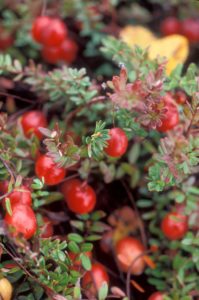
Thankful for Cranberries
The cranberry plant is native to large portions of the northeastern United States as well as the West Coast states and portions of Canada. Cranberry production requires a rather unique acid bog habitat, which restricts its commercial production to just a few states. Wisconsin, Massachusetts, New Jersey, Oregon, and Washington are the leading producers in the US. The ideal soil pH is 4.0-5.5, quite acidic compared to other horticultural crops. A large supply of fresh […]
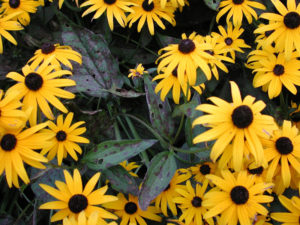
Cut Back Perennials Now or Later?
Gardeners often ask, “When is the best time to cut back the dead tops of herbaceous perennials (stems die back to the ground each year)? Should we cut them in fall as the tops fade? Or wait until spring, just before new growth begins?” The answers depend, in part, on the specific plant and whether disease or insect pests are a factor. For most healthy plants, leaving plant tops over winter is fine and, in […]
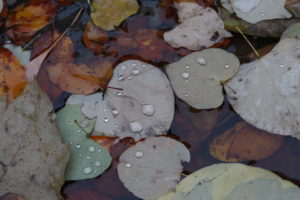
Fall Leaves Are Treasure, Not Trash
The hot dry weather experienced throughout much of Indiana in late summer is bringing an early leaf drop to many landscape plants. But even under the best weather conditions, the shorter, cooler days of autumn signal deciduous plants to begin their color change and eventual leaf drop. For some, this marvel is overshadowed by the chores of raking and disposing of leaves. What’s needed here is an attitude adjustment! Autumn leaves don’t have to become […]
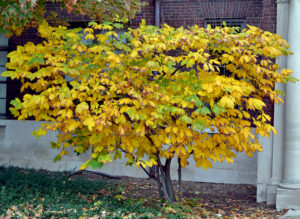
Native Shrubs For Fall Color
If you’re looking to add native shrubs to your home landscape, fall is an excellent time to look for those with good fall color. While many factors affect the display of fall color, there are a number of native shrub species that perform reliably in our area. Here’s a short list to consider, including their mature height as well as flowers and fall color. Most […]
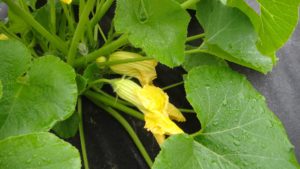
Squash blossoms drop, and sometimes that’s normal
A common complaint among vegetable gardeners is that their squash plants have a lot of flowers, but many of them just fall off without producing any fruit. This same observation can be made of cucumbers, melons, pumpkins and gourds, all of which are collectively known as “vine” crops to home gardeners. These plants are all members of the Cucurbitaceae family and are also commonly referred to as “cucurbits.” All of these vine crops produce separate […]
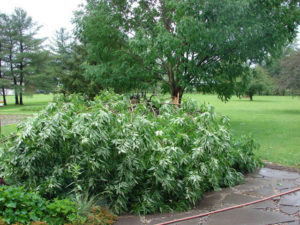
When lightning strikes, is the tree out?
When lightning strikes a tree, it will most certainly leave a calling card, but it can be difficult to predict whether that injury is strike one, two or three. There are many variables to consider, including the species, moisture content, relative health of the tree at the time of the strike, and the intensity of the strike. Lightning can strike just about anything tall, but trees do seem to be a frequent target. And the […]
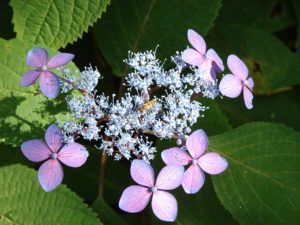
Bee proactive in protecting pollinators
Gardeners play a critical role in the nurturing and conservation of both native and introduced pollinators. Gardens and landscapes provide pollinators with food, water, shelter and habitat to complete their life cycles. Urban areas typically feature large areas of pavement and buildings and offer little in the way of food or shelter for pollinators. Garden plantings can help bridge the gap. By federal proclamation, June 17-23, 2019, is National Pollinator Week. Now in its 12th […]
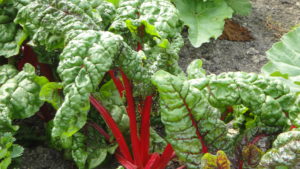
Leafy vegetables ready for short, cool growing season
Leafy vegetables are more nutritious and have fewer calories than most other vegetables, and they’re easy to grow. Most greens can be grown in relatively short, cool growing seasons, making them available for fresh harvest earlier than most other crops. If properly planned, fresh, leafy greens can be harvested all season long. Leafy vegetables adapted to cool Indiana spring and fall growing conditions include lettuce, spinach, mustard, collards, endive, and kale. Many new cultivars of […]